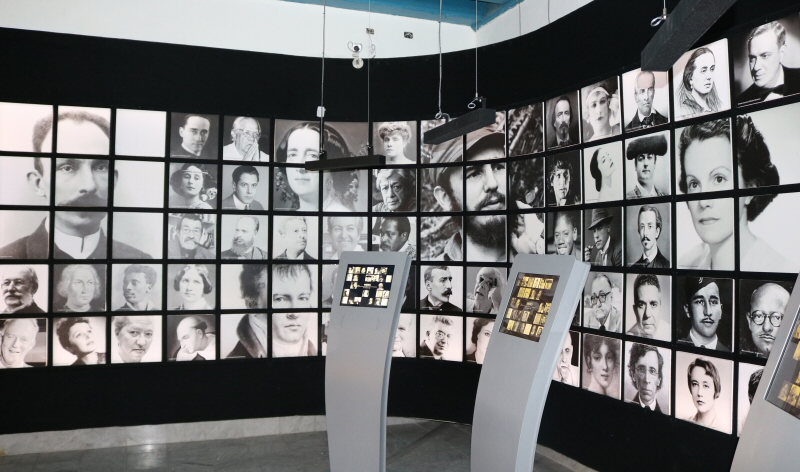

The Palacio del Segundo Cabo was built as Royal Post Office initially, but later it became the residence of the Second Corporal Inspector General. Currently, the building serves as an interactive museum where the public can exchange with the history of Cuba in a didactic way
HISTORY
The construction of the Palacio del Segundo Cabo began in 1770, when the Spanish Crown decided to construct a building in this administrative area that would serve as the Royal Post Office (Real Casa de Correos or Casa de Administración de Correos). It would function as the coordinator of all the postal communication of the Spanish colonies in the Americas with Spain. The project of the building was led by the Cuban architect Antonio Fernández de Trebejos y Zaldívar, the colonel engineer of the Spanish army. In fact, the construction of the Casa de Administración de Correos was part of the urban project for the remodeling of the Plaza de Armas in the time of the Governor and the General Captain Felipe Fondesviela y Ondeano (Marqués de la Torre; 1771-1777) that succeeded in a remarkable flourishing of the city, as he had a good mind to beautify the capitol. The building of the post office was completed in 1772. Marques de la Torre was so impressed by the result, so that he ordered Antonio Fernández de Trebejos y Zaldívar to construct a residence for the captain generals (current Palacio de los Capitanes Generales) on the west side of the square along with similar outline.
Initially the building functioned as the General
Post Office of the Island (1790-1828). In 1828 it served as the
headquarters of the quartermaster. In 1853 it became the
residence of the Inspector General del Segundo Cabo (Second
Corporal Inspector General, vice-governor), the second-highest
ranking official on the island, from which it took its name.
After the proclamation of the Republic in Cuba in 1902, the
building was used as Senate until the inauguration of the
Capitol in 1929. During the period of 1934-1957 the Supreme
Court (Tribunal Supremo) occupied the building. Then it was
handed over to the Academy of the History (Academia de la
Historia de Cuba) and to the Academy of the Arts and Letters
(Academia Nacional de Artes y Letras). In 1959 it became the
seat of the National Council of Culture (Consejo Nacional de
Cultura), and later of the Cuban Book Institute (Instituto
Cubano del Libro).
In 1978, the historic center of Old
Havana with all the buildings around, including the Palacio del
Segundo Cabo, were declared National Monument as an indissoluble
whole and, five years later, in 1982, they were inscribed on the
UNESCO World Heritage List.
After a lengthy restoration, starting in 2009, it was inaugurated under the name of Center for the Interpretation of Cultural Relations between Cuba and Europe in 2017. European Union had a remarkable background work in the restoration, and UNESCO had a direct intervention in creating a beautiful exhibition by using the most modern means of technology to display the shared legacy.
The Palacio del Segundo Cabo is located
on the O'Reilly street #4 next to the Castillo de la Real Fuerza,
at the northwest corner of the Plaza de de Armas.